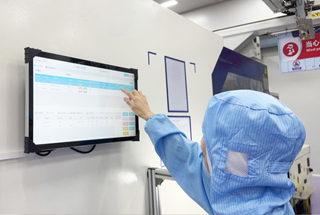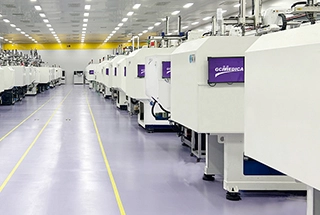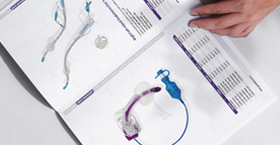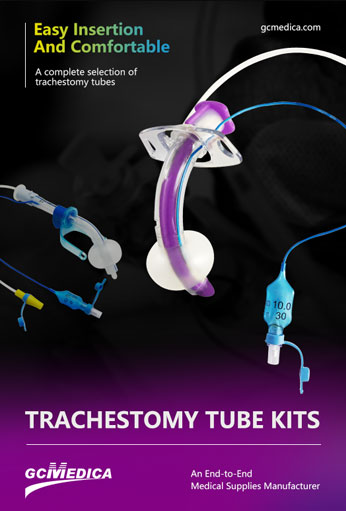A tracheostomy tube is a vital airway management device inserted directly into the trachea through a stoma in the neck. Two common designs are the single-cannula and double-cannula tracheostomy tubes. Selection between them depends on patient needs, clinical setting, and resource availability.
A single-cannula tracheostomy tube consists of a single, rigid or semi-rigid inner lumen that remains in place throughout use. These tubes are simpler in design, typically less expensive, and require fewer components. However, when secretions accumulate, the entire device must be removed and replaced for cleaning or suctioning, which can expose the airway to interruption and increase the risk of hypoxia or tube displacement.
By contrast, a double-cannula tracheostomy tube contains an outer cannula that stays in situ and an inner cannula that can be removed for cleaning or replacement. This design offers significant advantages for long-term care: inner cannulas can be cleaned in situ, reducing the need for full tube changes and maintaining continuous airway patency. For patients with thick secretions or high suction requirements, double cannula systems facilitate more efficient secretion management and reduce the risk of occlusion. The trade-off, however, includes higher initial cost, slightly increased bulk, and the need for diligent maintenance of both components.
Both tube types may feature fenestrations (small openings) to facilitate weaning and enable phonation when capped. Cuffed and uncuffed variants are available to seal the airway or allow airflow past the tube, respectively. Materials are typically medical-grade silicone, polyvinyl chloride (PVC), or polyurethane, chosen for biocompatibility and ease of sterilization.
In acute settings, such as intensive care units, single-cannula tubes are often preferred for their simplicity and speed of insertion. For chronic care or home tracheostomy management, double-cannula tubes are frequently recommended because they minimize airway downtime during cleaning and suctioning procedures. Nurses and respiratory therapists must be trained in the proper handling of both designs, including recognizing and managing complications such as tube blockage, accidental decannulation, and local infection.
Ultimately, tube selection should be individualized based on patient anatomy, secretion burden, anticipated duration of tracheostomy, and available clinical support. Understanding the advantages and limitations of single versus double cannula designs empowers multidisciplinary teams to optimize airway management and enhance patient comfort and safety.
Comparison Table: Single vs. Double Cannula Tracheostomy Tubes
| Feature | Single-Cannula Tube | Double-Cannula Tube |
|---|---|---|
| Design | One-piece, non-removable inner lumen | Outer cannula + removable inner cannula |
| Secretion Management | Must remove entire tube to clear obstructions | Inner cannula can be removed and cleaned without decannulation |
| Airway Patency | Risk during tube change | Maintained continuously during inner cannula cleaning |
| Ease of Maintenance | Simpler (single component) | Requires handling of two components; more complex cleaning protocol |
| Cost | Lower initial cost | Higher upfront cost, but potential long-term savings in complications |
| Bulk/Profile | Slimmer profile | Slightly bulkier due to dual cannula design |
| Ideal Setting | Short-term, acute care | Long-term, chronic care, home tracheostomy |
| Cuff Options | Available cuffed/uncuffed | Available cuffed/uncuffed |
| Fenestration Option | May include fenestration | May include fenestration |
| Risk of Decannulation | Each cleaning requires full decannulation; higher risk | Reduced decannulation risk during inner cannula changes |
| User Training | Basic handling and tube change | Additional training for inner cannula removal and re-insertion procedures |
This overview and comparison table provide a clear understanding of the practical differences between single- and double-cannula tracheostomy tubes, guiding clinicians to make informed choices tailored to individual patient needs.
| Tracheostomy Tubes > |


 Français
Français Español
Español Products
Products

 About Us
About Us












